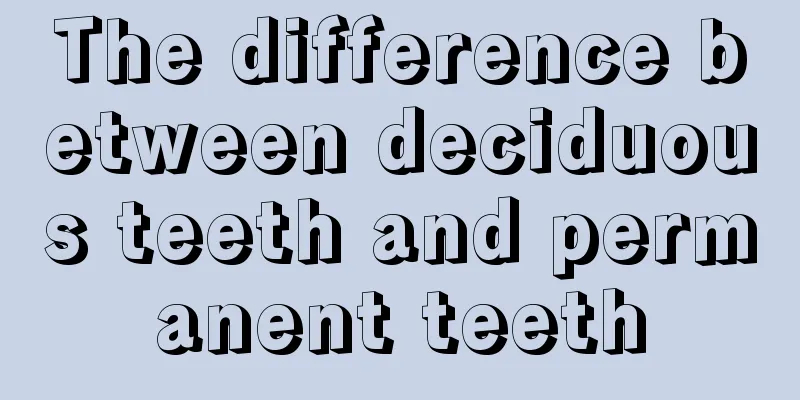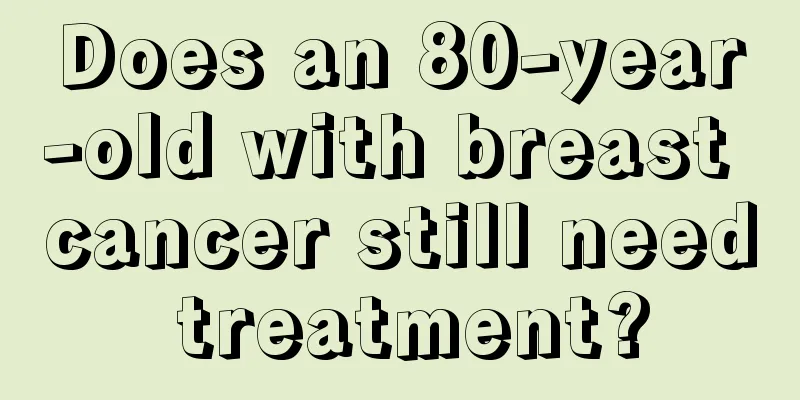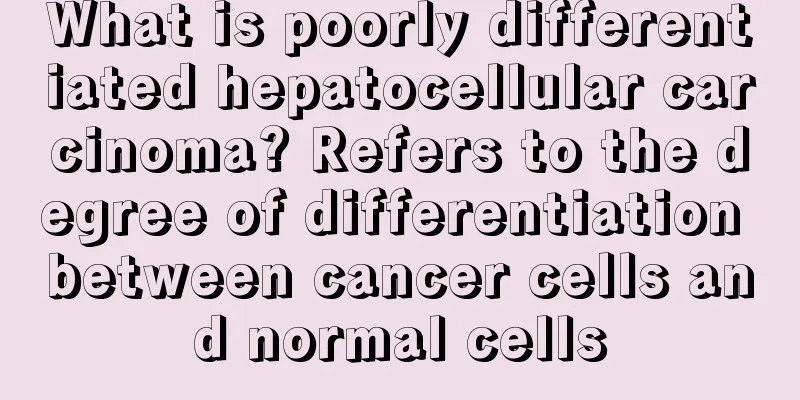The difference between deciduous teeth and permanent teeth

|
When we are a tiny embryo, our deciduous teeth and permanent teeth begin to appear, but the baby does not start to grow teeth until about 6 months old. Our children's teeth are generally a mixture of the two. When we are in the tooth replacement period, our deciduous teeth will be replaced by permanent teeth, and the hard permanent teeth will be more suitable for our way of eating than deciduous teeth. We don't have to worry about our teeth falling off due to biting too hard things. So how do we distinguish between deciduous teeth and permanent teeth? The main differences between deciduous teeth and permanent teeth are as follows: ①Permanent teeth are more transparent than deciduous teeth. Primary teeth are white and permanent teeth are yellowish. This is because the enamel of permanent teeth is more calcified and transparent than that of deciduous teeth, so the yellow color of the dentin can be seen through. ②The crown of the deciduous tooth is shorter than that of the permanent tooth of the same name. From infancy to adolescence, the jawbone gradually grows and the capacity of the oral cavity expands accordingly. Therefore, the crowns of newly erupted permanent teeth are larger than those of the same-named primary teeth. ③. Permanent teeth in the same position are larger than deciduous teeth. The neck of the deciduous teeth is thinner than that of the permanent teeth and is significantly smaller. Therefore, the boundary between the crown and root of deciduous teeth is much clearer than that of permanent teeth. ④ The wear of the occlusal surface of deciduous teeth is more serious than that of permanent teeth. This is because the permanent teeth have just erupted or have erupted not long ago, and the occlusal surface has not been worn or has been worn very little. Deciduous teeth have lower calcification and lower hardness than permanent teeth, and they are used for longer periods of time, so they wear more severely. In addition, they can be distinguished from the pulp cavity of the extracted teeth. The pulp cavity of deciduous teeth is larger, the apex angle of the pulp chamber is higher, the root canal is wider, and the angle of the root divergence is larger than that of permanent teeth. If there are still deciduous teeth left in the gums after the age of tooth replacement, you should go to the hospital for examination and treatment to avoid affecting the eruption of permanent teeth. |
<<: Are your ears buzzing? Several signs that you are seriously ill
>>: How to gain weight if you are thin
Recommend
Can I use air conditioning if I have tracheitis?
In summer, everyone likes to stay in an air-condi...
What does hypoxia mean
Once hypoxia occurs, it will be very dangerous to...
What should I do if the middle of my tongue is black? What to pay attention to
The normal color of the tongue coating is white, ...
What vitamins can help hair growth when losing hair
Many people think that hair loss is a physiologic...
The dangers of prostate massager
In the past, the medical community's treatmen...
How to prevent foaming at the mouth
In some funny comedies, we often see scenes of fo...
Being unable to wake up in summer is a sign of illness
As the saying goes: The hot summer is a good time...
Prevent acidic body constitution and stay away from brain cancer
The incidence of brain cancer has been on the ris...
How to clean paint from clothes
Although many people do not come into contact wit...
How to massage to promote digestion?
We may often experience symptoms of indigestion i...
What should I do if I strain my calf muscles
Calf muscle strain is a problem that is very comm...
Arm training equipment in the gym
If there are muscles on the arms, it can make a p...
Can honey be consumed on an empty stomach?
Honey is mainly made from nectar collected by bee...
Why does hair love oil?
Summer is Yu Ge's annoying season. The temper...
Symptoms of back ligament strain
The human body has ligaments, which are very impo...









